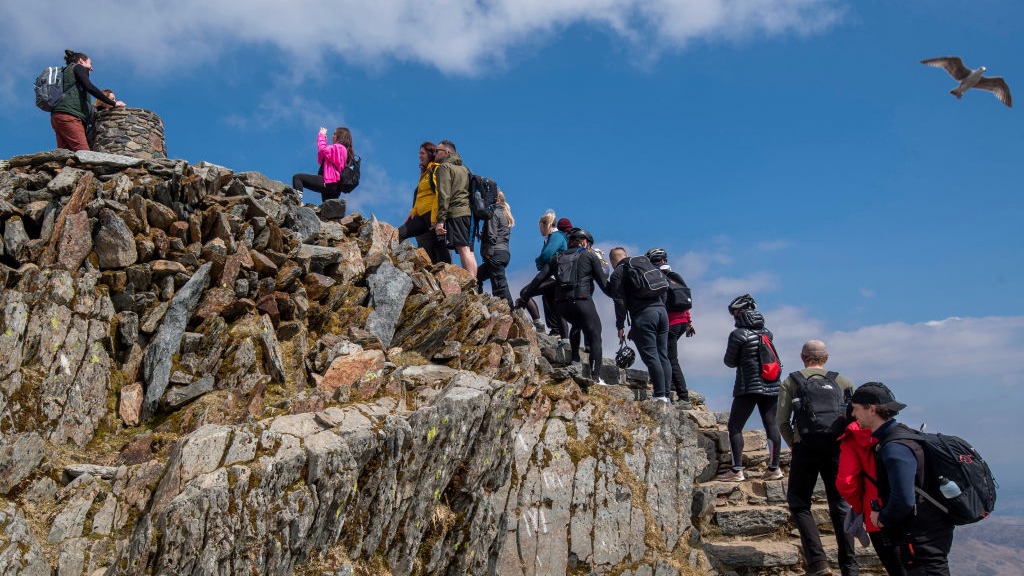“Nature is beyond the stage where it can help itself” – this tech company wants to save the forests from wildfires, with a digital network for trees
A network of hidden sensors could help sniff out and prevent wildfires – and hopefully, help save the forests we love
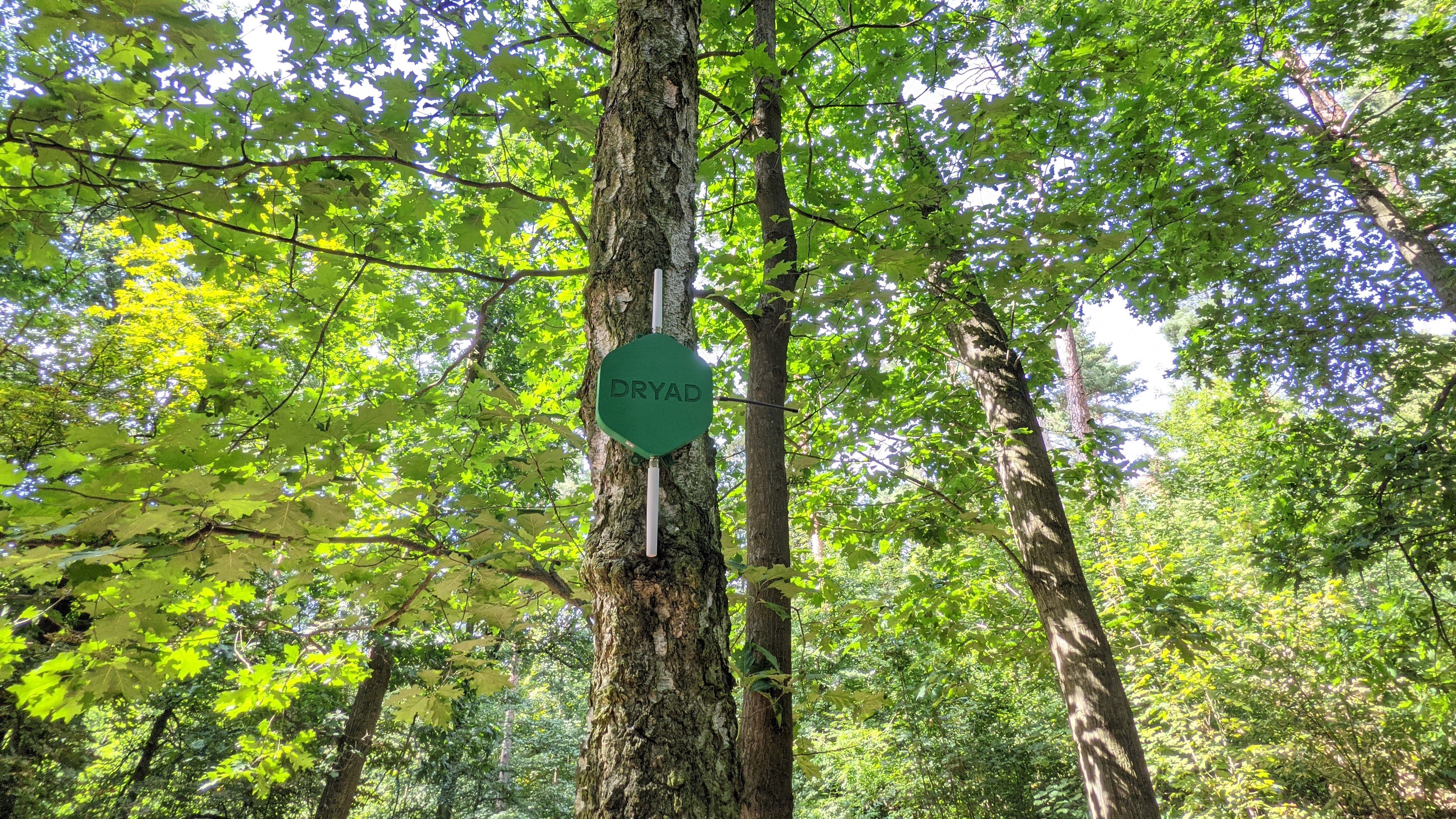
It can be difficult to escape technology these days. Even in the wilderness, how often do you check your GPS watch or grab a snap of an incredible view? And yet, if asked, most of us would say we pull on our hiking boots and hit the trail to unplug and often, one of the best parts of a hike is realizing your phone has no service. So it may come as a surprise to hikers in areas like northern California’s Jackson Demonstration State Forest that high above their heads is a network of tiny sensors quietly surveilling the environment.
No, this isn’t some dystopian nightmare of Big Brother technology feeding data about your movements in the backcountry back to Google (your phone is doing that) nor has it anything to do with 5G. These sensors are there in part to help sniff out and prevent wildfires – and hopefully help save the forests we love.
Wildfires are growing increasingly difficult to escape for hikers in places like the western US. An article in Yale’s Climate Connections reports that in 2024, over 600 miles of the Pacific Crest Trail had to be closed due to wildfires. One thru-hiker Ricky told me he ended up diverting from Cascade Locks in Oregon to the Tetons this year to jump on the Continental Divide Trail due to the fires in Washington. When asked if he’d been derailed by wildfires, David Ceballos a hiker and admin of the PCT Facebook page simply replied, “It's almost impossible for anyone to not nowadays.”
Enter German tech company Dryad. Named for the Greek nymph that protects the trees, Dryad was founded by entrepreneurs Carsten Brinkschulte and Marco Bönig after devastating fires ripped through the Amazon rainforest in 2019. Brinkschulte’s background is in telecommunications, or as he describes it, “stuff that you probably don’t care about but use anyway.”
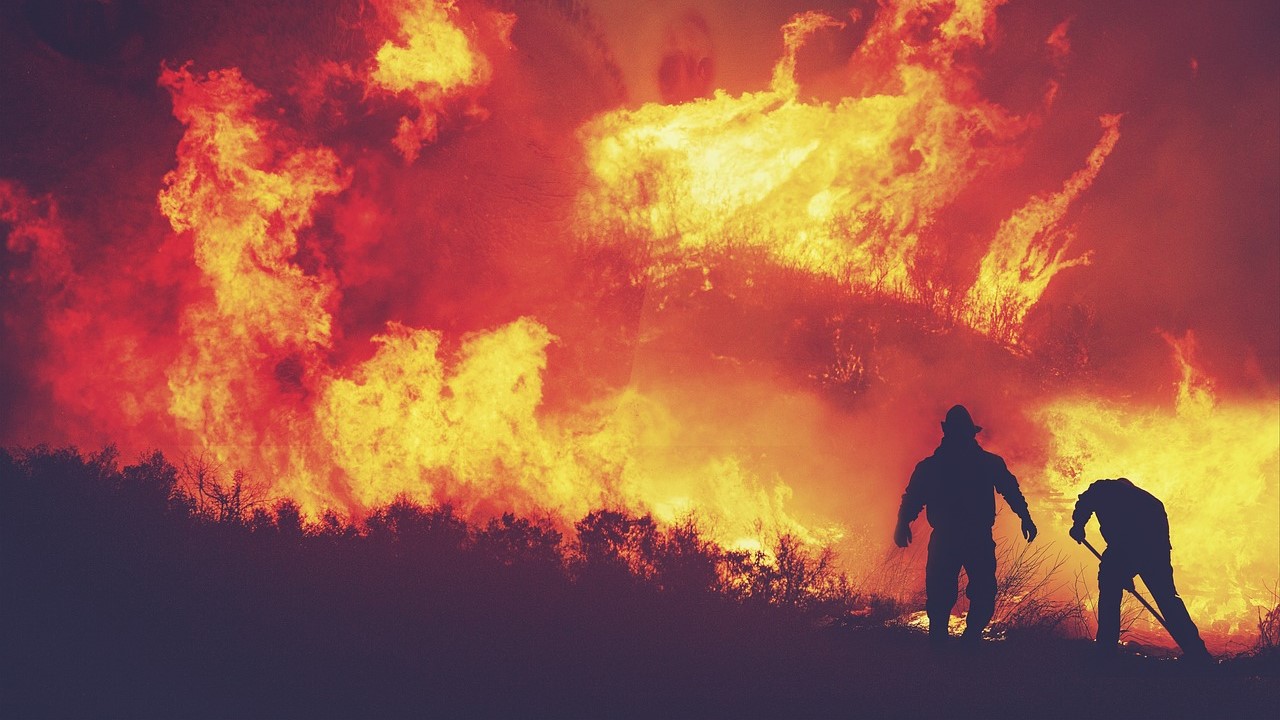
Dryad’s key product, and the one we met over Zoom to discuss recently, is the Silvanet Wildfire Sensor.
“I think unfortunately nature is beyond the stage where it can help itself and I think we need to help protect it,” says Brinkschulte, who emphasizes that technology isn’t the only solution, but thinks it “can help move the needle at least.”
Brinkschulte was speaking to me from Thailand where he was meeting with officials from the National Park system there about installing Silvanet sensors. His company has already gained 50 customers including National Parks, State Parks, railroad and power companies across the world, and installed some 20,000 sensors in places like California, Canada, Greece, Spain, Lebanon and even in the UK, where recent years have proven that nowhere is safe from wildfires.
Advnture Newsletter
All the latest inspiration, tips and guides to help you plan your next Advnture!
“With climate change we’re getting more extreme weather patterns which means wet winters and dry summers,” says Brinkschulte of the UK’s growing incidence of wildfires.
“During the winter months you get lots of rain which means lots of growth of bushes and grass and then in the summer it dries out which creates a perfect tinderbox.”
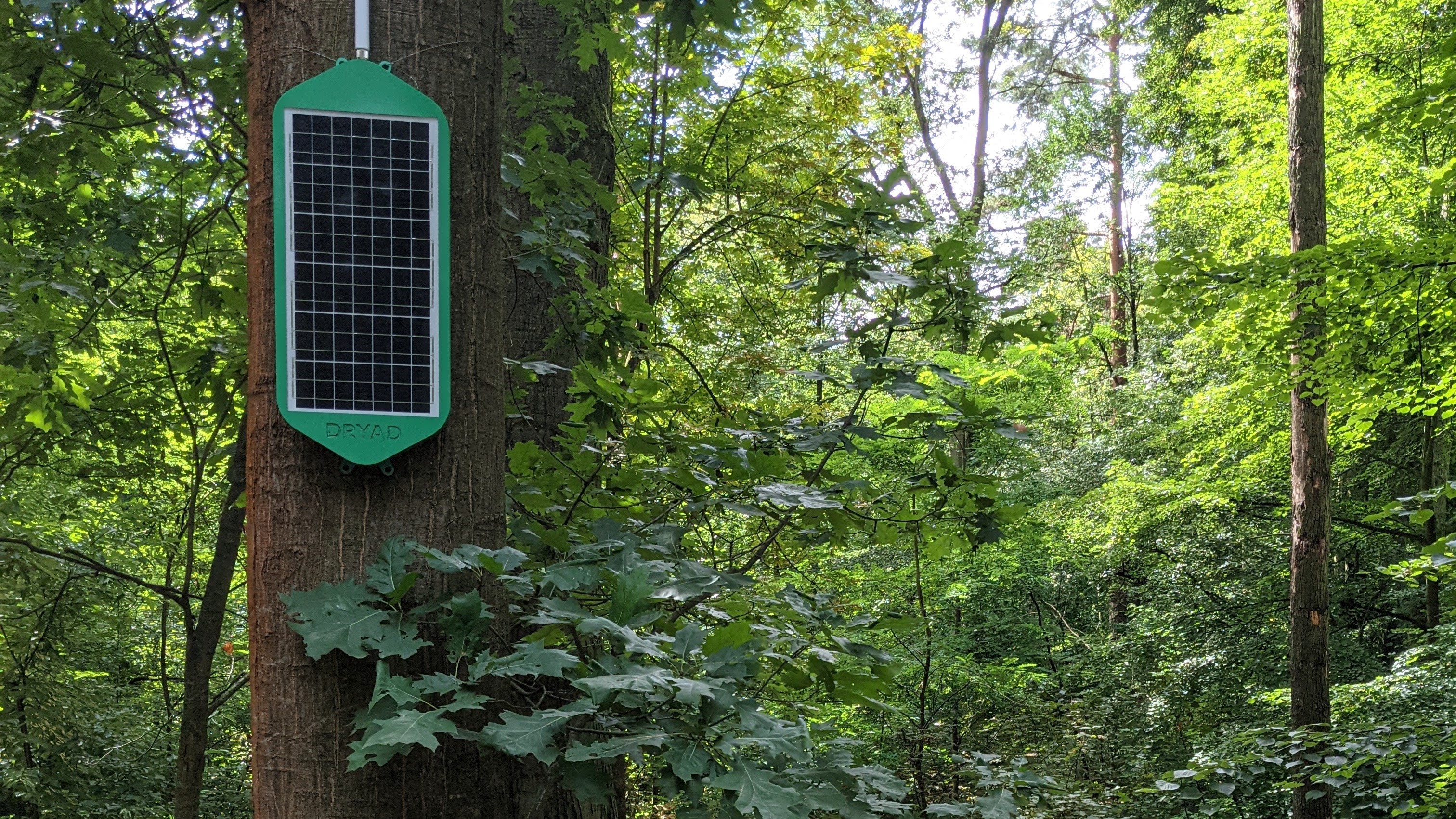
Tia Crouch is a Peatland Ecologist for the National Trust which manages Marsden Moor in Yorkshire, where Silvanet sensors were installed in February 2024. She says moorland fires have had a devastating effect on the landscape there and she hopes the sensors will help them detect fires earlier and respond quickly, saving wildlife and habitats.
“During the most recent fires, our team found burnt nests and eggs, and small animals, such as frogs, that couldn’t escape. The precious peat soils, which are so important for carbon capture and water quality, could take hundreds of years to properly recover.”
For now, Crouch says they’re mostly happy with the sensors, which they’ve had to install on fence posts due to the lack of trees on the moor, though they’ve been troubleshooting false alerts caused by humidity and the gases released from the peat. Going into winter, the next potential obstacle is whether or not the sensors will see sufficient sunlight to operate. The good news is that there were no fires on the moor to detect this summer.
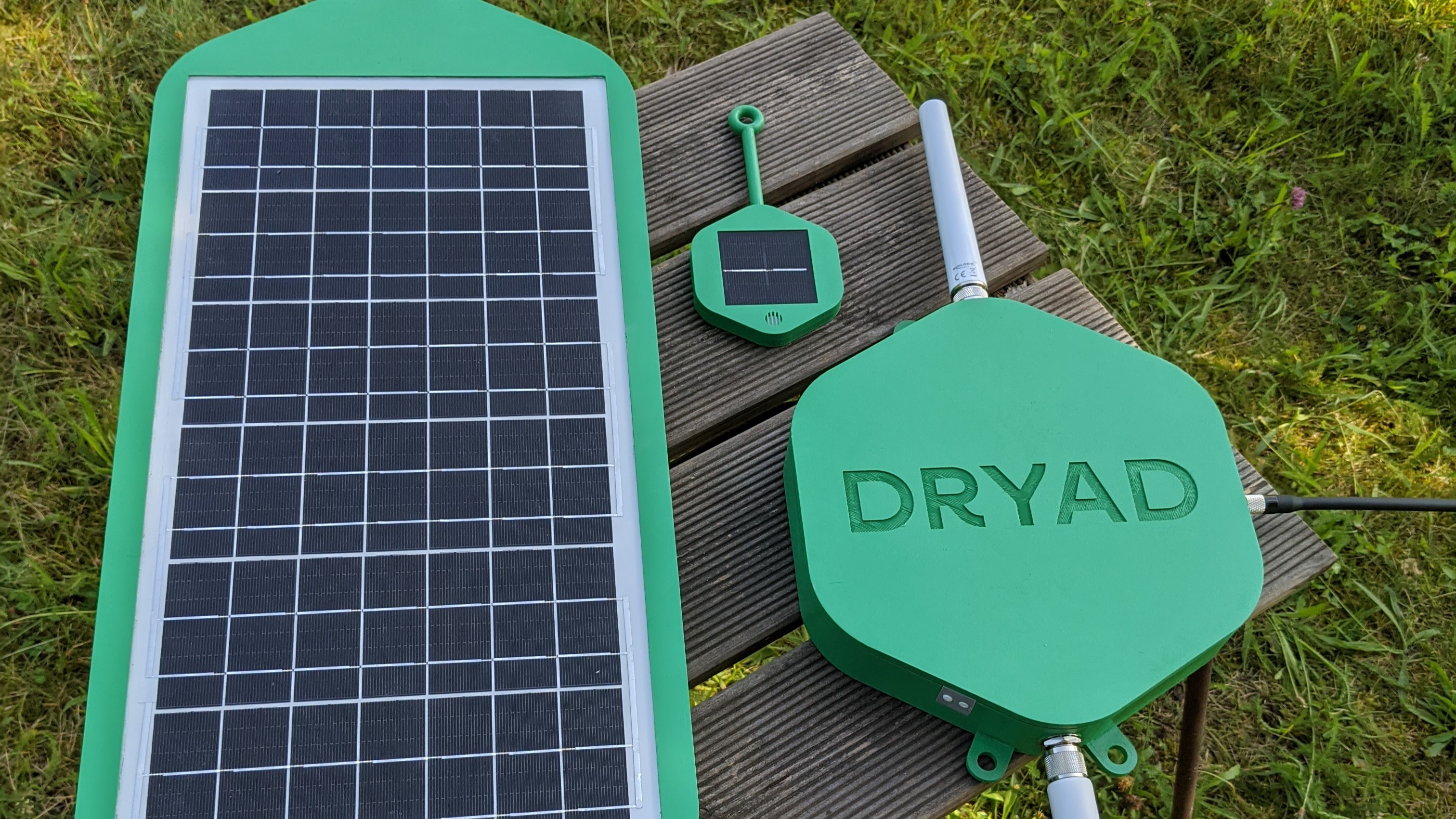
In the US, it’s a different story. Since 1983, the National Interagency Fire Center has documented an average of 70,000 wildfires per year, and the total area burned each year has increased in that time. The cost of those wildfires – both direct and indirect – is staggering; according to Brinkschulte, last year alone it amounted to around $980 billion.
One of the most destructive fires in recent memory, the 2018 Camp Fire in Paradise, CA, claimed 84 lives and destroyed 1,000 homes, resulting in $50 billion in damages from a single event. That fire, like about 80 percent of wildfires, was human-caused and found to have been started by equipment owned by Pacific Gas and Electric – a company that’s now a customer of Dryad in an attempt to prevent further disasters.
The weapon that Brinkschulte wields in the hopes of preventing future devastation is surprisingly unexceptional to behold. He holds one up to show me and it looks like a green plastic paddle with a small solar panel embedded in it. It hangs on a tree, about 10 feet up, and can live there for a decade without needing servicing or replacement. Each one costs about $100 and serves an area about the size of a football field.
When someone doesn’t extinguish their campfire properly or drops a cigarette and it starts a blaze, the sensor alerts the fire department, something it can do faster than satellites and cameras. Already, one of the sensors has prevented a wildfire in Lebanon.
“It can smell a fire. It’s like a digital nose,” explains Brinschulte.
To make that call though, the sensors need a network to connect to, and as we already mentioned, there often isn’t cell coverage out in the backcountry.
That’s really where Brinkschulte’s background comes into play. When wildlife officials and power companies become customers of Dryad, they don’t just buy a box of sensors and go hang them on trees – they also get access to a low-energy, low-frequency digital platform.
“It creates an internet of trees, if you want. It creates a digital network that’s only there to help monitor the forest and protect it so it’s like a digital highway not for your smartphone but for trees.”
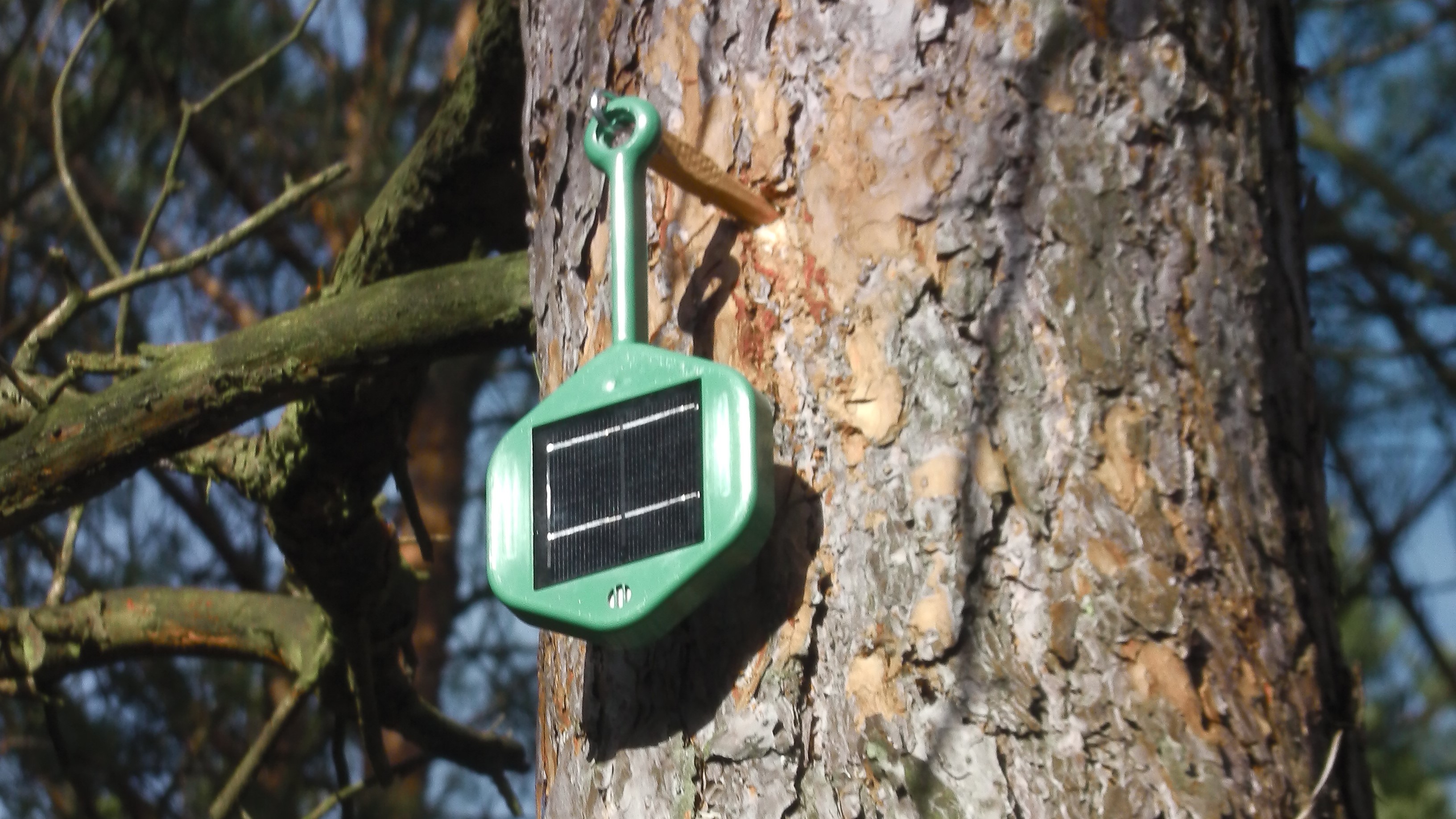
This isn’t a network you can use to reach mountain rescue if you sprain your ankle on a hike – you’ll still want an iPhone with the SOS function or a satellite communicator like the Garmin InReach for that – and it’s not going to impact your experience, beyond helping preserve wild spaces.
“We don’t want to connect your phones to YouTube when you are hiking, that's not the point. But we want to get data from the forest that helps forestation, reforestation and conservation projects.”
Though the sensors are initially being implemented for their fire prevention capabilities, they have other functions that can help with conservation efforts too, such as measuring soil moisture, tree growth and sap flow to gather information about the health and growth of the forest.
There’s no lithium battery to warrant additional environmental concerns and because the radio transmission is very low power – much less than what your smartphone is emitting from your backpack when you’re on a hike – Brinkschulte says it doesn’t appear to be disturbing any wildlife either.
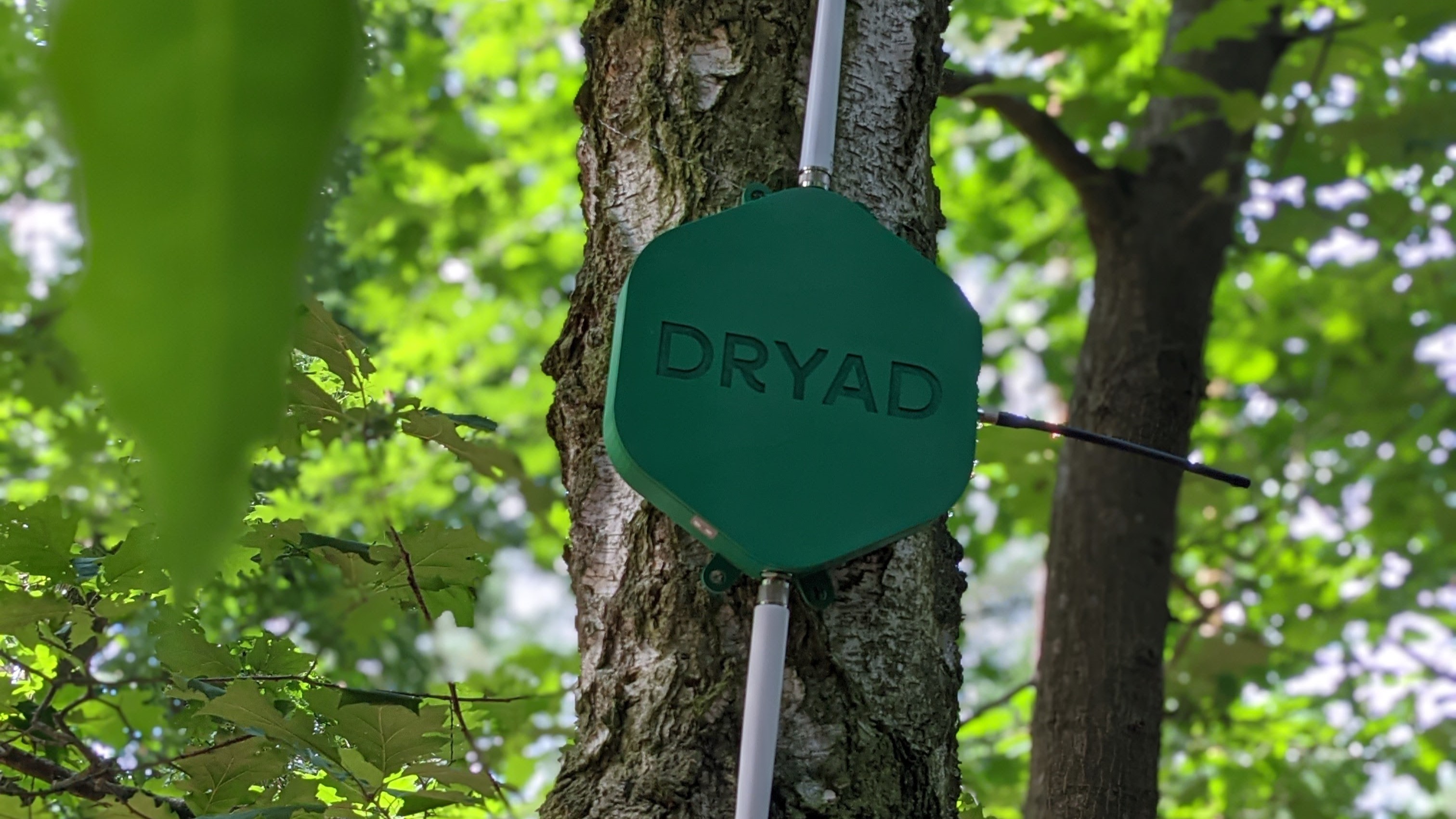
The cost of fitting large areas won’t be a drop in the bucket. Even for Jackson Demonstration State Forest and its humble 48,000 acres, covering the entire park would cost over $1.5 million and in big, wildfire-prone National Parks like Yellowstone, Glacier and Rocky Mountain it would be far higher. But of course, the sensors are only needed in remote areas and the price of prevention can vastly undercut the cost of wildfires, while the implications for the planet are enormous.
“If we are as successful as we want to be then by 2030 we can save about 2.8 million hectares from burning,” says Brinkschulte. That’s an area roughly the size of North Korea or nearly all of Wrangell St. Elias National Park in Alaska.
It’s also the equivalent of preventing about 1.1 billion tons of CO2 emissions; currently, fires are contributing about 20 percent of all CO2 emissions worldwide, totaling 68 billion metric tons.
“If we all drive electric cars, that saves 20 percent, but if we prevented all wildfires that’s another 20 percent and helps save the biosphere that animals need to survive.”
Wildfire safety for hiking and camping
If you're hiking or camping in a wildfire prone area, it's important to check fire conditions before you set off and avoid hiking in wildfire smoke when you can. For longer backcountry trips such as thru-hikes, arm yourself with a satellite communicator and make sure you have navigation tools such as a map and compass in case you need to leave the trail for safety. Always carry a first aid kit so you can treat minor burns in the field.
To do your part to help minimize the risk, make sure you respect fire bans and understand campfire safety, always extinguishing your fire properly. If conditions are dry, consider using a wood-burning stove instead of having an open fire outdoors.
Julia Clarke is a staff writer for Advnture.com and the author of the book Restorative Yoga for Beginners. She loves to explore mountains on foot, bike, skis and belay and then recover on the the yoga mat. Julia graduated with a degree in journalism in 2004 and spent eight years working as a radio presenter in Kansas City, Vermont, Boston and New York City before discovering the joys of the Rocky Mountains. She then detoured west to Colorado and enjoyed 11 years teaching yoga in Vail before returning to her hometown of Glasgow, Scotland in 2020 to focus on family and writing.

